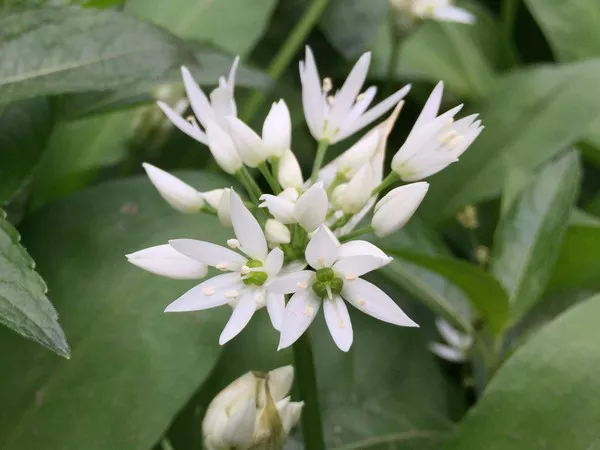Flowers have long been revered for their ability to convey a myriad of emotions and messages without the need for words. They are a universal language of beauty and sentiment, used in various cultural practices and traditions worldwide. While flowers are commonly associated with joy, love, and celebration, they also hold a unique place in the context of death.
The Universal Language of Flowers
Flowers have transcended cultural and linguistic barriers, serving as a means of communication and expression throughout history. This practice, known as the language of flowers or floriography, gained prominence in the 18th and 19th centuries, particularly in Victorian England. Each flower carries its own meaning and conveys a distinct sentiment, making it a powerful tool for expressing complex emotions, including those associated with death.
The Role of Flowers in Funerals
In many cultures, flowers play a prominent role in funeral rituals and memorial services. Their presence is not merely decorative; it is laden with symbolism. Funeral flowers serve several purposes, including paying tribute to the deceased, comforting the bereaved, and symbolizing the cycle of life and death. While white lilies and chrysanthemums are among the most common funeral flowers, various other blooms carry specific symbolism related to death.
Cultural Variations in Flower Symbolism
The symbolism of flowers varies greatly across cultures and regions. In some cultures, certain flowers are strongly associated with death and are used exclusively in funerary contexts. For example, the marigold holds a special place in Mexican culture, where it is commonly used during Dia de los Muertos (Day of the Dead) celebrations. Understanding these cultural variations is essential to gaining a comprehensive understanding of what flowers represent death.
The Language of Color
In the language of flowers, color is as significant as the type of flower itself. Different colors convey different emotions and sentiments, and this holds true in the context of death. For instance, white flowers are often associated with purity and innocence, making them a common choice for funeral arrangements. Red, on the other hand, may symbolize love and passion but can also represent the pain and sorrow of loss. The interplay between flower types and their colors creates a rich tapestry of meaning when it comes to expressing sentiments about death.
Popular Flowers Associated with Death
Several flowers are frequently associated with death and funerals across various cultures. Here are some notable examples:
White Lilies: White lilies are one of the most universally recognized funeral flowers. Their pristine white petals symbolize purity and the restoration of the soul in the afterlife.
Chrysanthemums: In many countries, chrysanthemums are the quintessential funeral flowers. They are often linked to grief and are seen as a way to honor and pay respects to the departed.
Roses: While roses are most commonly associated with love and romance, their different colors carry distinct meanings. Dark red roses can symbolize sorrow and mourning, making them appropriate for funerals.
Orchids: Orchids represent eternal love and beauty. Their elegant appearance and symbolism make them suitable for expressing condolences and sympathy.
Forget-Me-Nots: As the name suggests, forget-me-nots are used to remember and honor the deceased. They symbolize lasting remembrance and fidelity.
Carnations: White carnations are often chosen for funeral arrangements as a symbol of pure love and innocence.
Hyacinths: These fragrant flowers are associated with sorrow and deep regret, making them a thoughtful choice for expressing condolences.
The Importance of Personal Preferences
While certain flowers have established associations with death, personal preferences and cultural backgrounds play a significant role in choosing funeral flowers. Some families may opt for specific flowers that held personal significance to the deceased, regardless of their traditional symbolism. Others may choose to incorporate a variety of blooms to create a unique and meaningful arrangement.
Symbolism Beyond Funerals
The symbolism of flowers representing death extends beyond funerals and memorial services. They can also be found in other aspects of life, such as literature, art, and religious rituals. Flowers have been used to explore themes of mortality, resurrection, and the fleeting nature of life in various cultural and artistic expressions.
Flowers in Literature and Art
Throughout history, writers and artists have drawn upon the symbolism of flowers to convey themes of death and the afterlife. In literature, authors often use flowers to foreshadow or symbolize death, adding depth and nuance to their storytelling. In art, flowers have been depicted in funeral scenes, vanitas paintings, and religious iconography to convey the impermanence of life.
Religious and Spiritual Significance
In many religious traditions, flowers hold spiritual significance in the context of death and the afterlife. For example, in Hinduism, marigolds are commonly used in funeral ceremonies as an offering to deities and as a symbol of purity. Similarly, in Buddhism, the lotus flower represents enlightenment and rebirth, which are closely tied to the cycle of life and death.
The Role of Flowers in Modern Mourning
In today’s world, the symbolism of flowers representing death remains relevant in modern mourning practices. While the specific flowers and arrangements may vary, the act of sending condolences and sympathies through flowers continues to provide comfort to those who are grieving. Online flower delivery services have made it easier than ever to express condolences from afar, allowing individuals to send their support and love during times of loss.
Conclusion
Flowers have a profound ability to convey complex emotions, and their symbolism in the context of death is both rich and diverse. While certain flowers and colors have established associations with death and mourning, personal preferences and cultural backgrounds often influence the choice of funeral flowers. Regardless of the specific flowers chosen, the act of sending floral tributes remains a meaningful and time-honored tradition that provides comfort and solace to those who are grieving. In a world where words often fall short in the face of loss, flowers continue to speak a universal language of sympathy and compassion, reminding us of the enduring beauty and fragility of life.


